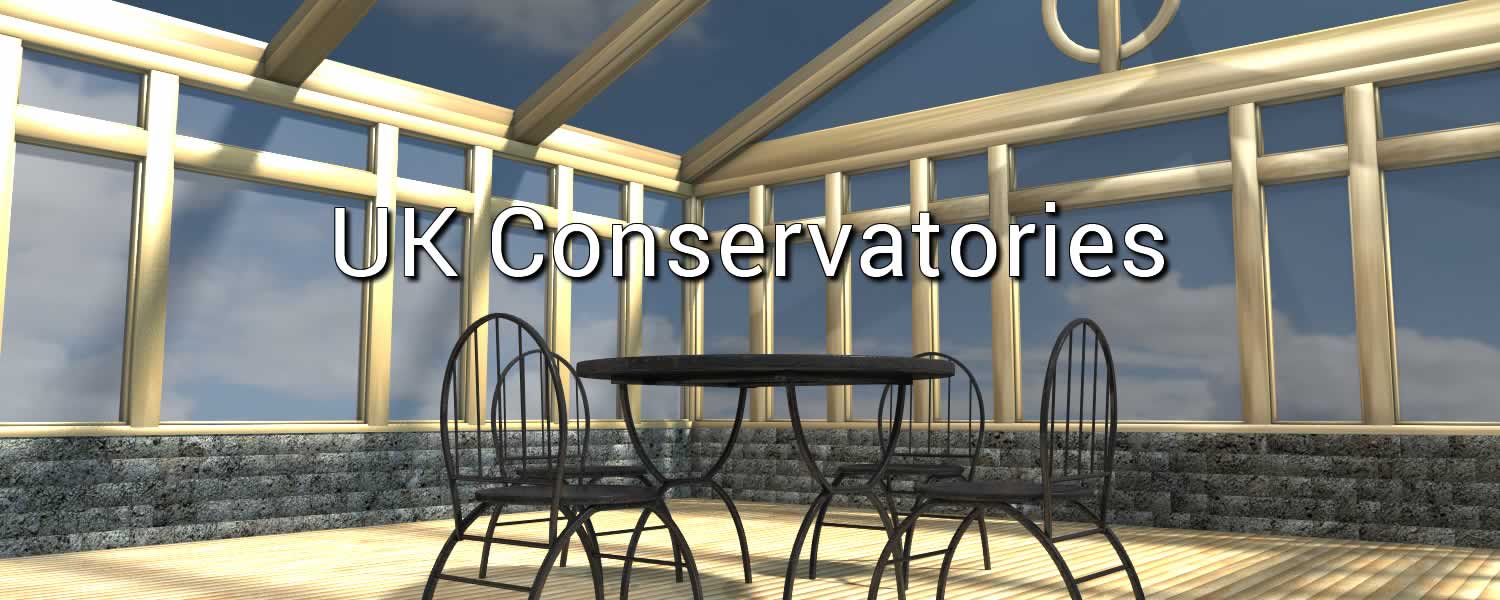
How Conservatories Have Evolved
The modern world has changed: consider cheap pay-monthly car insurance site monthlypremiums.co.uk as an example!However, many modern inovations had their roots in the distant past. For instance, the first conservatory builders may have been the Romans, although glass was rare and expensive at that time, so the structures the Romans built to allow in plenty of light but retain heat were generally unglazed. The gaps between frames were either covered with mica or left open. It was not until around the 17th century that the first conservatories in a recognisably modern style emerged, as travellers brought back delicate plants to the UK from British colonies around the world, many of which were in tropical regions.
Many early conservatories were called orangeries, even if they were used for other purposes, since fruit-growing was one of the main reasons they were set up. Another was for wealthy individuals to show off both rare plants they had obtained and – equally important – their status as men of high society. John Evelyn described a conservatory in a book he wrote in 1650, and by 1700 they had become fairly common, although they were still made largely of stone and did not feature large panes of glass.
The 19th century was the first great age of progress in English conservatory construction, including the Architectural Conservatory that has stood at Kew since 1836, the oldest example still in existence. Later in the century, taxes on glass were reduced and wrought iron became much cheaper to produce, allowing the construction of immense conservatories: one at Chatsworth House cost more than £30,000 and was visited by Queen Victoria herself. The same ideas were used for the Crystal Palace in 1851.
The First World War meant that conservatory construction slowed considerably, since the wrought and cast iron structures still being used required a great deal of coal to heat them and this was considered wasteful in the face of the war effort. Some were built during the 1920s and 1930s, but these were usually fairly small, since only the very richest citizens still maintained the number of servants required to keep a large Victorian conservatory in good order. The Second World War brought a final end to these "old-style" conservatories.
Despite post-war austerity, interest in conservatories grew again from the 1950s, thanks to new developments such as double glazing. For some years, most English conservatories were deliberately simple in design, but a renewed interest in Victorian architecture in the 1970s meant a return to more elaborate designs. Wooden frames were complemented with lightweight aluminium, as well as durable and affordable artificial materials such as PVCu. Heat retention technology became increasingly sophisticated, with panes sometimes being impregnated with inert argon gas.
Many early conservatories were called orangeries, even if they were used for other purposes, since fruit-growing was one of the main reasons they were set up. Another was for wealthy individuals to show off both rare plants they had obtained and – equally important – their status as men of high society. John Evelyn described a conservatory in a book he wrote in 1650, and by 1700 they had become fairly common, although they were still made largely of stone and did not feature large panes of glass.
The 19th century was the first great age of progress in English conservatory construction, including the Architectural Conservatory that has stood at Kew since 1836, the oldest example still in existence. Later in the century, taxes on glass were reduced and wrought iron became much cheaper to produce, allowing the construction of immense conservatories: one at Chatsworth House cost more than £30,000 and was visited by Queen Victoria herself. The same ideas were used for the Crystal Palace in 1851.
The First World War meant that conservatory construction slowed considerably, since the wrought and cast iron structures still being used required a great deal of coal to heat them and this was considered wasteful in the face of the war effort. Some were built during the 1920s and 1930s, but these were usually fairly small, since only the very richest citizens still maintained the number of servants required to keep a large Victorian conservatory in good order. The Second World War brought a final end to these "old-style" conservatories.
Despite post-war austerity, interest in conservatories grew again from the 1950s, thanks to new developments such as double glazing. For some years, most English conservatories were deliberately simple in design, but a renewed interest in Victorian architecture in the 1970s meant a return to more elaborate designs. Wooden frames were complemented with lightweight aluminium, as well as durable and affordable artificial materials such as PVCu. Heat retention technology became increasingly sophisticated, with panes sometimes being impregnated with inert argon gas.